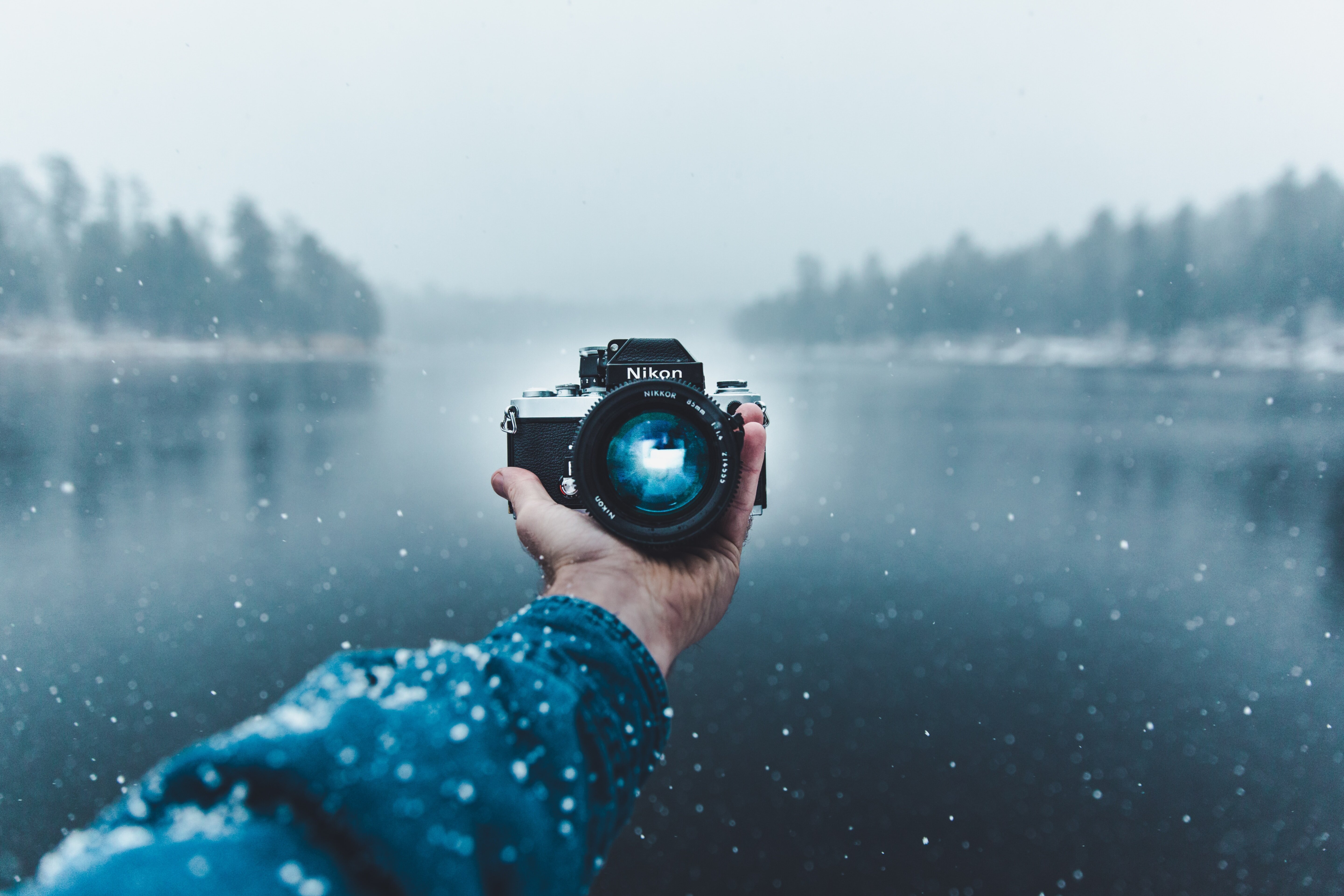7 Common Background Replacement Mistakes in Professional Headshots (And How to Avoid Them)

I’ve been observing the proliferation of digital headshots across professional platforms, and a recurring technical artifact keeps catching my attention: poorly executed background replacements. It’s a common shortcut in modern imaging workflows, often deployed when studio time or appropriate physical locations are unavailable or too costly. However, the transition from a subject photographed under specific lighting conditions to an artificially constructed backdrop rarely goes unnoticed by the discerning eye. We are dealing with a physics problem—the interaction of light, shadow, and depth—and when the digital substitution ignores these fundamental principles, the result looks, frankly, amateurish. Let’s examine the specific technical failures I frequently catalog when reviewing these synthetic composites.
My initial hypothesis was that these errors stemmed purely from low-resolution source material, but I’ve seen high-megapixel captures fall victim to the same pitfalls. The core issue, as I see it, often lies in the edge detection algorithms failing to accurately map the boundary between the foreground subject and the original background. Consider the fine details: individual strands of hair, the subtle texture of clothing edges, or the slight halo effect around eyeglasses. A robust segmentation process must account for these fine gradations, not just a hard pixel cutoff. When the algorithm defaults to a simple masking technique, you often end up with a 'cutout' look, where the subject appears unnaturally pasted onto the new environment, lacking the natural diffusion of light that connects them physically. Furthermore, the color temperature and illumination intensity of the subject must precisely match the new background; a subject lit for bright midday sun placed against a muted, indoor evening scene screams inconsistency. This mismatch is a clear indicator of insufficient post-processing calibration, suggesting a reliance on automated, one-click solutions rather than manual, scientifically informed adjustments.
Another significant area of failure relates to the physics of light interaction, specifically concerning shadows and ambient occlusion. When a person is photographed in a real environment, light scatters, creating soft contact shadows where the subject meets a surface, and ambient occlusion where parts of the body obscure light from reaching crevices or folds. In a synthetic replacement, these crucial depth cues are often entirely omitted or, worse, inaccurately rendered. I often observe subjects casting shadows that point in the wrong direction relative to the new background’s assumed light source, or conversely, having no contact shadow at all, making the individual appear to float an inch above the surface plane. Reflective surfaces on the subject, such as glossy skin or the sheen on a lapel, also need to pick up the color and quality of the *new* background’s ambient light. If the background is a cool blue office wall, the subject’s highlights should subtly reflect that coolness, even if marginally. When these subtle reflections are absent, the visual disconnect is immediate; the subject remains tethered to the lighting signature of the original, discarded environment. This lack of environmental integration breaks the visual narrative, signaling an artificial construction rather than a cohesive portrait.
To mitigate these common failures, one must treat the background replacement not as a simple swap, but as a complex compositing operation demanding meticulous attention to lighting physics. First, ensure your initial separation mask is extremely fine, perhaps employing techniques that analyze the alpha channel's feathering or transparency data across high-contrast edges. Second, rigorously analyze the light directionality of the target background—where is the dominant light coming from, and how hard or soft is it? Then, use localized dodging and burning tools to paint in realistic contact shadows beneath the neck and along contact points with the ground plane, ensuring these shadows align perfectly with the new light source vector. Pay close attention to specular highlights; they are the hardest elements to fake convincingly because they must carry the color information of the surrounding environment. If you are using a generic, pre-packaged background, you are almost guaranteed to run into these lighting mismatches unless you are prepared to extensively color-grade the subject to conform to the new scene's chromaticity. It requires patience, treating the process more like painting a miniature than pressing a button.
More Posts from kahma.io:
- →The Art of Silhouette Photography Mastering Contrast and Composition in AI-Generated Portraits
- →7 Most Effective Resampling Methods to Improve Photo Resolution in 2024
- →Precision in Pixels How Hex Color Finders Revolutionize Image Analysis in Photography
- →7 AI Tools Travel Photographers Use to Transform Their Adventure Shots into Cartoon Art in 2024
- →A Step-by-Step Guide to Deleting Your Fotor Account and Preserving Your Photo Edits
- →The Science Behind Camera Angles Why You Might Look Different in Photos